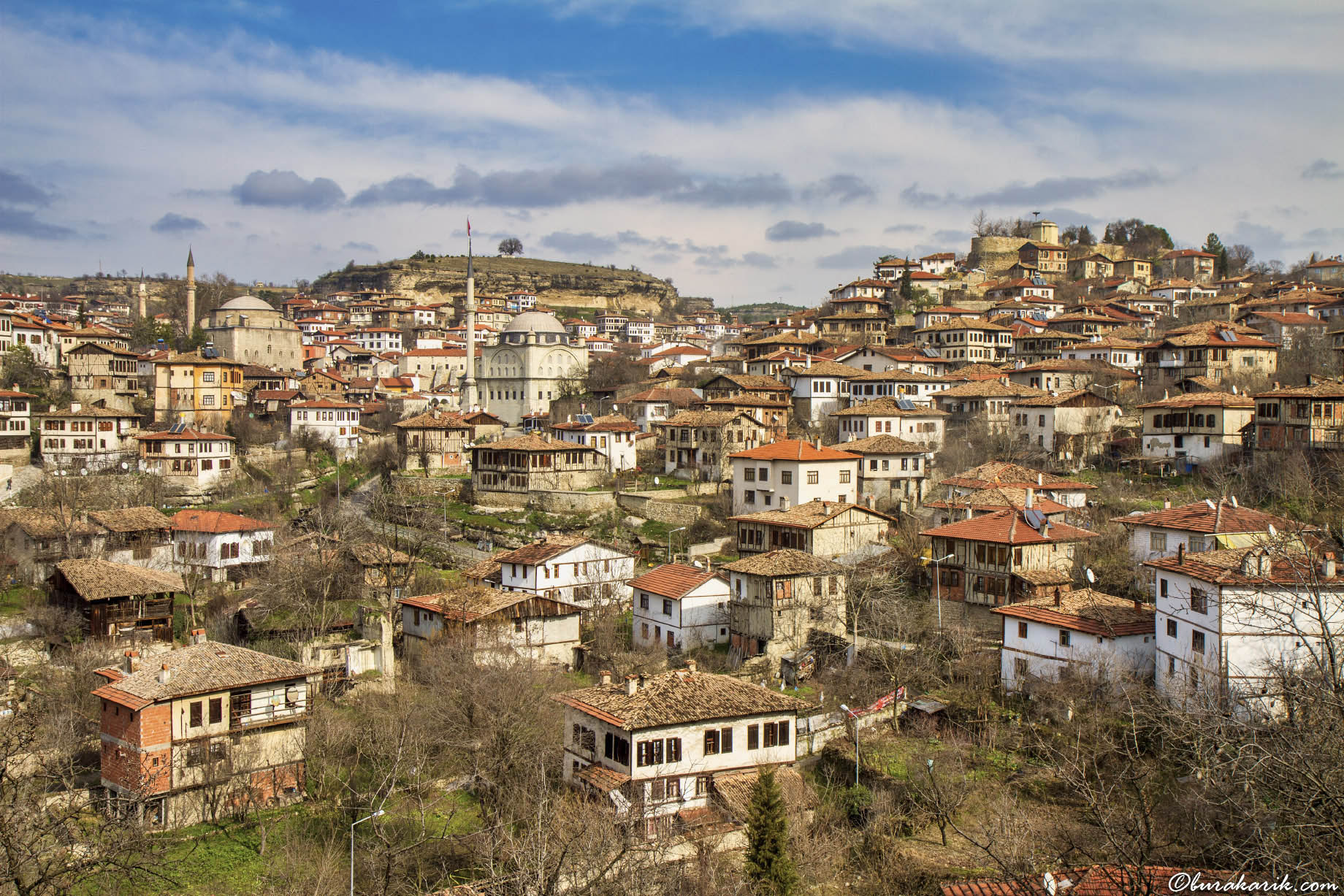Safranbolu is a typical Ottoman city that has survived to the present day. It also displays an interesting interaction between the topography and the historic settlement. By virtue of its key role in the caravan trade over many centuries, Safranbolu enjoyed great prosperity and as a result it set a standard in public and domestic architecture that exercised a great influence on urban development over a large area of the Ottoman Empire. The caravan trade was for centuries the main commercial link between the Orient and Europe. As a result, towns of a characteristic type grew up along its route.
The site of Safranbolu has been occupied by human settlements since prehistory, as evidenced by rock-cut tombs. The Turks conquered the town in the 11th century and in the 13th century it became an important caravan station on the main east-west trade route. Surviving buildings from this early period include the Old Mosque, Old Bath, and Medresse of Süleyman Pasha, all built in 1322. The Old Town preserves many old buildings, with 1008 registered historical artifacts. These are: 1 private museum, 25 mosques, 5 tombs, 8 historical fountains, 5 Turkish baths, 3 caravanserais, 1 historical clock tower, 1 sundial and hundreds of houses and mansions. Also there are mounds of ancient settlements, rock tombs and historical bridges. The name of the town derives from 'saffron' and the Greek word 'polis' (city), since Safranbolu was a trading place and a center for growing saffron. Today saffron is still grown at the village of Davutobası which is 22 km east of Safranbolu and probably one of the best quality saffrons in the world. Safranbolu was added to the list of UNESCO World Heritage sites in 1994 due to its well-preserved Ottoman era houses and architecture.




